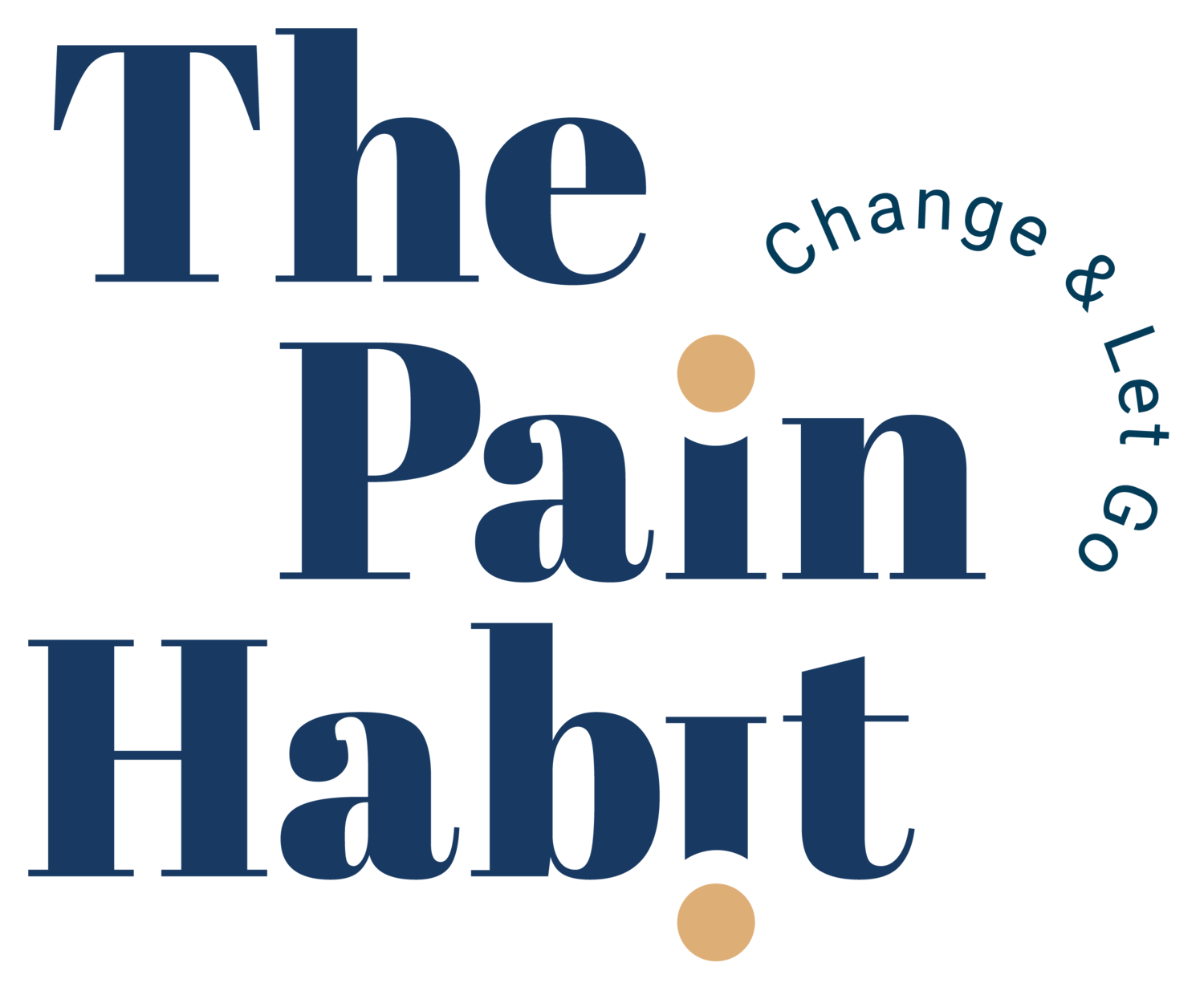Why Are My Muscles So Sore After A Short Run?
This Is A Common Question I Get Asked
Firstly, let's look at the activity causing the pain, and in your case, it's a 'small run'. You know this can't damage you, and we can be confident that what you are doing is not traumatising any physical tissue.
Even though firm pressure hurts you more when you press after you've run, you can be confident that the response you are perceiving is not down to any new damage.
And if you reinforce that by understanding that any physical tissue damage, if there ever was any, recovers within three months.
The pain produced or worsened with that pressure is due to the brain and body's ongoing hypersensitivity that has developed.
Start To Change Behaviour In That Situation
You must start to change the behaviour in your situation, which leads to 'my muscles are sore after a small run'.
Your desire to run dulls the ability to pick the point where you should notice a sense of overload, which comes before pain. The adrenaline during the run is the chemical that does that.
That’s the chemical that the brain craves.
So we have to give the brain that chemical but through a non-dangerous behaviour until it no longer sees the ‘small run’ as a threat.
This comes from doing less, but that's often counterintuitive for very driven people to do less when they've spent a lifetime pushing themselves hard.
Listening Is Key
So this is where you pick the shortest run or even a walk so that you can listen to your body in a way that allows you to pick up on any sense of overload and attend to it. That may mean that you end the walk or run before you have consciously planned to.
If you feel frustrated by that, which pathway are you reinforcing?
Your brain is using frustration to get its ‘fix’ for the stress chemical.
If you reward yourself for stopping or slowing down with a celebratory word and subsequent positive feeling that comes with it, it triggers the brain’s reward circuit; then, you start to rewire your response to that cue.
Reward Rewires
It then gets its ‘fix’ not from frustration or the adrenaline from the run but from the minor hit of pleasure that comes from you rewarding yourself for doing something representing self-care or kindness, which might feel very unusual.
This tiny step is vital for people in persistent pain to understand and is the most significant to put into practice. Your ‘small run’ is the opportunity for you to do it.
Make Yourself Feel Safe
You have to make that unconscious part of your mind feel safe with words, thoughts, breathing patterns, movements and feelings.
When you complete your short-run, ‘it’ thinks that the action that comes with the run is a threat. The predictive coding it represents is probably that you look like you're going to push yourself hard, based on your previous behaviours.
It has to prevent the organism from going into such a dangerous state and does what it can to warn the person consciously of that risk.
Brain Sees Potential Risk and Acts
The risk is not that the current behaviour is destructive; it is just that it might be.
It sees that behaviour as a cue for what may come next but set’s off the alarm early for that person because they’ve become very good at ignoring, resisting or pushing past the warnings that their body has used before.
It probably tried to warn you of what may come with the run, but your conscious intent to override that and complete the run allows you to do as you choose.
The result of that is a repetition of the behaviour which continues to drive the presence of your pain.
Never Your Fault
This is never your fault because the behaviour is caused by an unconscious craving for the stress chemicals.
Once we swap that behaviour and get the excitement from knowing we've done something that is taking us towards safety, and we 'feel' that to our core, then we've started to crack it.’
What’s the next step you could take to ‘crack your pain?’.
What’s next?
Take Your First Step to Recovery.
Join our FREE private Facebook group, The Pain Habit Community, to see how others have successfully returned to a pain-free life. Get support on your journey.
Sign up for The Pain Habit Blog below.
Subscribe to The Pain Habit YouTube channel.
Buy The Pain Habit book. Order here.



